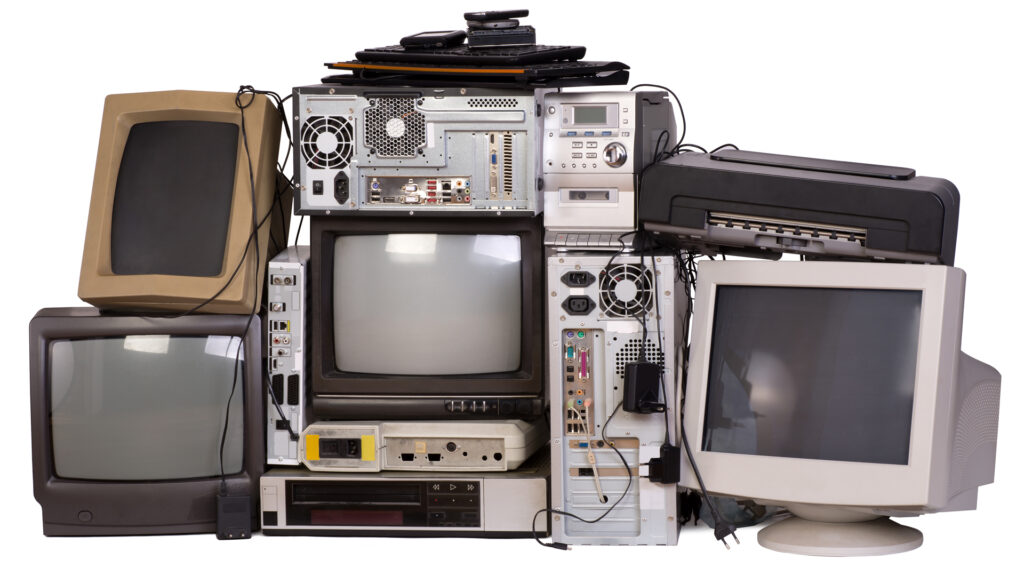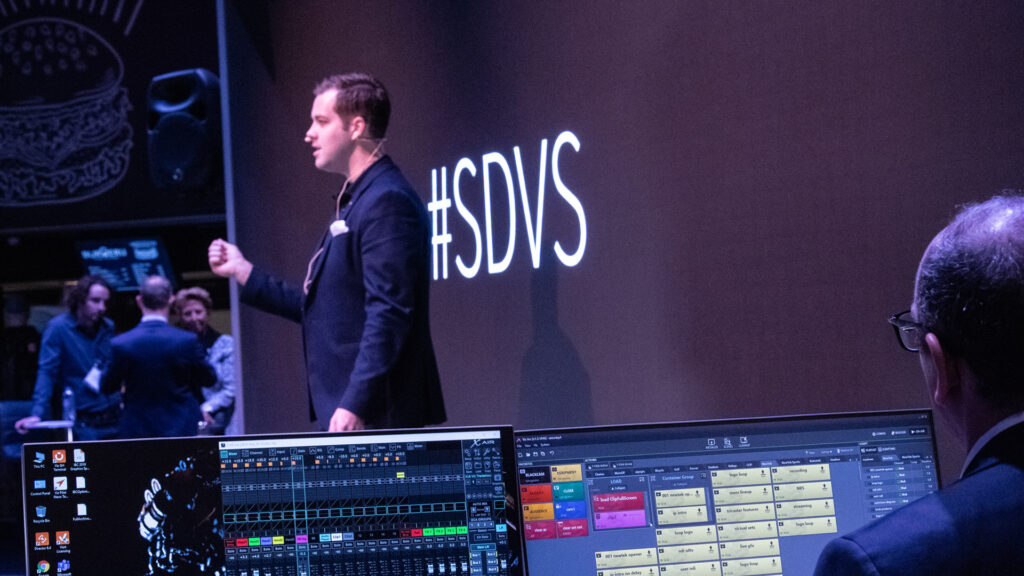“…those who look only to the past or present are certain to miss the future.”
John F. Kennedy
The future isn’t on the horizon, it is well underway. Sitting in our chairs, comfortably immersed in the 21st century, it is all too easy to overlook an incredible revolution changing the world before our very eyes. We can be left behind on the curb wondering what just happened, or ride along as passengers; but we do have an opportunity – to take the steering wheel and be part of the transformation.
Let’s look back over relatively recent history to gain a wider perspective.
#1 Telegraph road
Commercial use of the telegraph arrived around 1830. Before that, long-distance communication technology involved dispatch riders and carrier pigeons. We fervently hoped our messages arrived in time to matter, and learned of remote events belatedly if ever. With the magic of the telegraph, messages traversed hundreds, even thousands of miles at virtually the speed of light. Important news and ideas spread like wildfire.
It took about 80 years for the telegraph to arrive in the furthest corners of the world, available to nearly every social strata and human pursuit.

“This changed the course of history, by delivering a better, more accurate story. We learned of news shortly after it happened, often from multiple sources and in more detail. This changed our reality, affecting our views and actions.”
#2 Phoning home
The next big revolution arrived in the early 1900’s.
The telegraph required specialist skills, and necessitated a trip to the telegraph office – but the telephone let anyone talk … and talk back! No longer forced to accept the story as told, we ask questions, discuss details, debate meaning. Since we do so in real-time, the story (or our story) can affect events even as they unfold.
Still, again it took about 80 years before the telephone was a common fixture in most homes. (Despite its wireless advantages, cost and complexity prevented two-way radio from enjoying a similar adoption.)
Looking back we see that while the telegraph has been relegated to period dramas, and radio serves only niche applications, the telephone still dominates technological and societal change well over a century later.

#3 The video revolution
During the 1950’s and 60’s we see the rise of television. The 80’s and 90’s bring personal computing, and the Internet.
Accelerated commoditization delivered these to the masses more quickly, over just about four decades. We could argue, though, that compared to the telephonic revolution these play only a supporting role.
The romantic notion many have of ‘The Golden Era of Television’, the family basking happily in the glow of a cathode ray tube is really only relevant in the affluent West.
As you read this, the majority of the global viewing audience is watching ‘television’ on their mobile phones.
In this respect, the development of television or the Internet were not the big revolutions often claimed. While they played a role in bringing us to this day, TV, personal computing and the Internet didn’t even reach much of the world until the mobile revolution.
“Leveraging those advances, ‘mobile’ conquered the planet as its devices appeared in every home, pocket and purse.”
It’s easy enough to identify earlier technical revolutions in hindsight. It is harder to recognize them in their infancy.
We must look deeper to see past countless lesser glitzy details vying for our attention to understand where it’s all leading. While significant milestones, rolling out thousands of miles of copper across the seabeds, converting analog data to zeros and ones by the trillion, and building clouds to store them all in were not in themselves revolutionary.
These were just the building blocks of real transformation. Having laid these foundation cornerstones, what did we erect on it?
#4 A technology convergence
In under a decade that began around 2010, the confluence of computing power, broadband networks, and software providing stunning integrated video tools led to a singular moment: Today, almost anyone can use the fastest, *most impactful form of communication ever devised to share their story with the world in the blink of an eye.
* Humans have literally evolved to communicate most effectively visually and face-to- face, evaluating subtle cues impossible to sense when merely hearing or reading.

The majority of mankind can now explore the universe and its wonders better and faster than the best-equipped scientists of even the recent past. You can watch your kids play football when far from home, and they can be in their grandparent’s daily lives even when oceans separate them.
Teenagers in many lands not only have a TV and a camera in their pocket, but are broadcasters with their own personal TV network.
“And the resulting explosion of content is profoundly affecting our understanding of the world.”
(Admittedly this also raises some concerns. It can be a big challenge to distinguish ‘fake news’ from truth. And as we have seen, this really matters, because the medium is so potent that the stories directly shape societies, for better or worse.)
Note closely, please, the greatly accelerated pace of this latter revolution. It took many decades and nation-sized budgets to lay wire for the global telephone system under oceans and over mountain ranges.
Now, though, the pace of development has gone from glacial to tsunami force. Previous generations knew that their grandchildren would experience a different world. Now we see it transformed repeatedly in our own lifetimes.
Why?
“Because the advancements propelling the current revolution are primarily software story-telling tools, and software can be transmitted around wires and computers faster than the “tools” of any previous generations. This makes a huge difference!”
#5 Software-defined visual storytelling
From this vantage point, we can see that many of the advances discussed earlier were precursors, early indicators and stepping stones to the revolution now surging into view, which we refer to as ‘software defined visual storytelling’ (#SDVS).
The #SDVS revolution is here now, and heralds changes that will dwarf those that came before, changing the world in ways we cannot yet fully grasp.
#SDVS has already allowed TV stations to reach new audiences. It lets the parents of a child with cancer to reach out to the world for sponsorship. Local sports teams stream their events to their communities, school-children interact with and are inspired by great artists and scientists.
#SDVS has also broadened the scope of video production. If your studio is in London but you need a live shot from Reykjavik, #SDVS and the global IP eco-system make this possible without crippling expense. In this and other ways, #SDVS storytelling tools democratize high value video production to engage and powerfully influence society.
#SDVS makes all of this and much more possible, and will continue to make the world a better (and sometimes worse) place; but if understanding really matters, sharing your story very widely and very well is key.
People are used to seeing content with high production values, and quick to judge when quality is lacking. If your video looks amateurish, that is how your story is perceived; my young children can tell which stories are crafted by professionals.

Looked at another way, #SDVS is the premise (and promise) we built our company on: that the integrated power of computers, software, and networks would change not only the video production realm, but – by improving the way stories are spread, who can tell them, and how well they do so – would actually change the world.
This vision proved to be true, and continues to guide us.
With the vast amounts of content flooding our screens, the need to tell important stories with impactful video has never been greater.



















